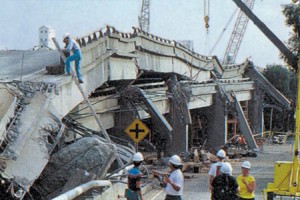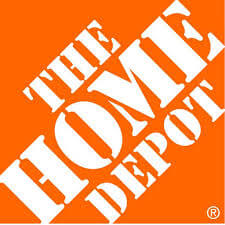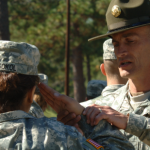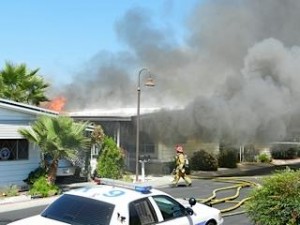Neighborhood Planning for Emergencies
Do you have plans for your neighborhood?

Who will get there first? Neighbors!
Certainly, preparing yourself and your household for emergencies is important. But, as we’ve said many times, your single most important link to survival is your immediate neighbors.
Their proximity to you (and yours to them) means that they will be the first people on the scene in a real emergency. The more you and they know about surviving a disaster, the better the chances for everyone.
So, do you have plans underway to form a neighborhood Community Emergency Response Team (CERT)? And making sure its members are trained, and ready? Encouraging you to do so – and providing help in this regard – is the real purpose of this website.
Organize the neighborhood team.
Here’s what our neighborhood Community Emergency Response Team (CERT) looks like. How does this description compare to yours? We have close to a hundred team members in various stages of training. About a third of our members have received city-sponsored CERT training. There are over 350 homes in our group, divided into six divisions, with six Block Captains under each Division Leader. We have six special teams: First Aid, Communications, Search and Rescue, Operations, Logistics, and Training.
Increasing the Effectiveness of the Team.
We are currently evaluating a number of options to provide our Team Members with advanced training and equipment that increases our capabilities. Among the areas we are focusing on . . .
- Communications – probably the most critical component in our emergency planning
- Standby/Emergency Power – High on all of our members’ lists
- Transportation – Related to communications; different communities have unique needs
- First Aid/Triage – Helping injured people has a protocol
- Temporary Shelter – Caring for neighbors who’ve lost their home in an emergency
- Search and Rescue – Here again, there is a protocol and Pets complicate matters
- Emergency Equipment – Water, food and medicines are individual responsibilities; the neighborhood can invest in more substantial items
- Security — Tricky, but necessary. Training is essential!
The series of posts that accompany this one will discuss each of these eight categories. We will cover the usefulness and the drawbacks of several pieces of equipment as well as the servicing requirements of each. And we’ll discuss ways to finance these purchases.
Our hope is that this information will give you a head start on your team planning. We’ve chosen to start with the emergency power since that seems to be what most people think is their first consideration.
But first, consider the following Action item: What constitutes YOUR neighborhood? If you haven’t really begun neighborhood planning for emergencies, and need to decide on the boundaries for your neighborhood, check out this article: Who Will Be There To Help?
Don’t miss a single Advisory. Sign up below.

 The Home Depot – the place to start
The Home Depot – the place to start


